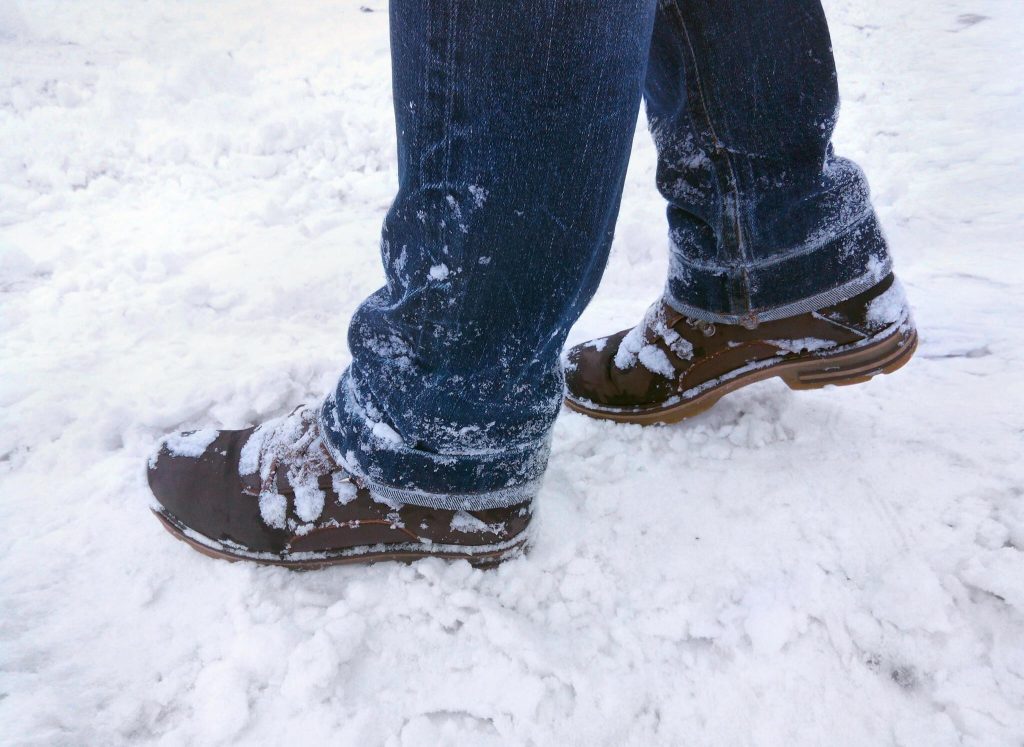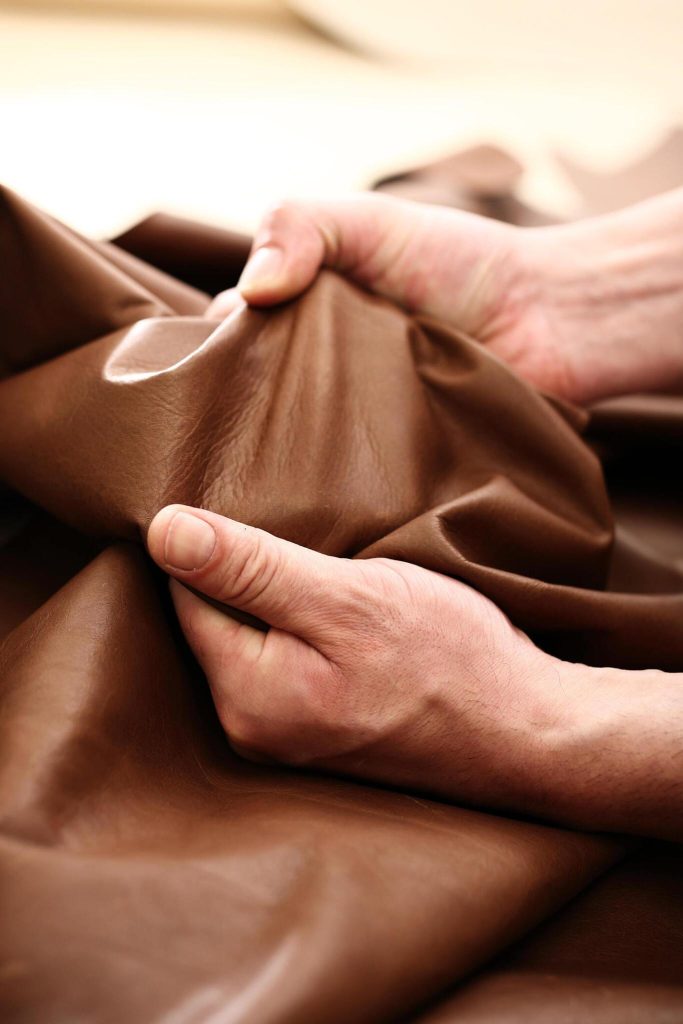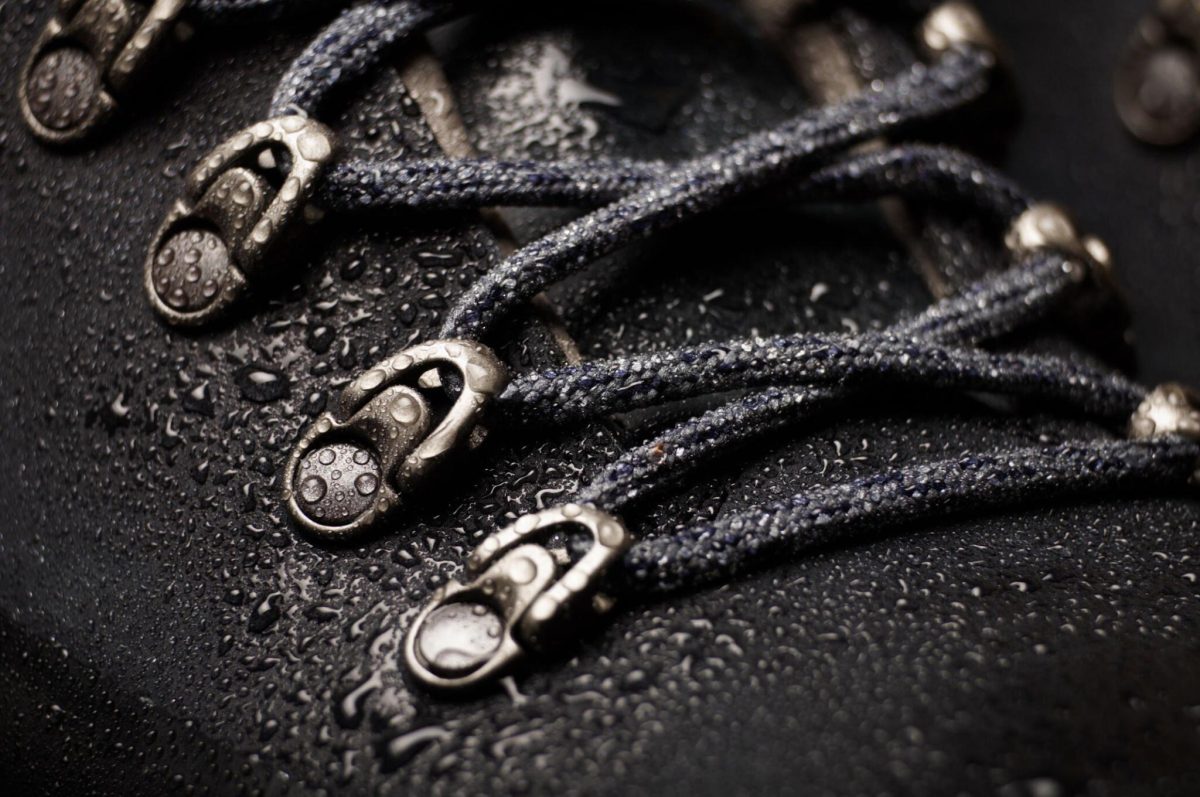In the world of footwear, mens waterproof leather boots stand out as versatile and indispensable companions for various occasions. From the urban streets to outdoor adventures, these boots offer a unique blend of style, durability, and functionality. In this comprehensive guide, we will delve into the significance of opting for waterproof leather boots, considering factors that influence your choice, and exploring the diverse styles available in the market.
The Significance of Waterproof Leather Boots for Men
Rain-soaked mornings or unexpected puddles – these are situations that can ruin your day, especially if your footwear is ill-equipped to handle them. This is where the significance of mens waterproof leather boots becomes apparent. Beyond just keeping your feet dry, these boots offer a shield against infections, flu, and blisters that may result from prolonged exposure to moisture. Whether you’re navigating a city commute or exploring rugged terrains, the waterproof feature ensures that your feet remain comfortable and protected.
Moreover, the durability of leather adds to the overall value of these boots. Unlike some other materials, leather ages gracefully, developing a patina that enhances its aesthetic appeal over time. This characteristic not only makes them resilient to wear and tear but also gives them a timeless quality. In essence, choosing waterproof leather boots is an investment in both practicality and style.
Style is not compromised when it comes to mens waterproof leather boots. From classic designs that seamlessly integrate with formal wear to rugged and bold styles suitable for outdoor adventures, these boots cater to a wide range of preferences. The versatility in design ensures that you can transition seamlessly from a casual day in the city to a weekend hiking trip without compromising on fashion.

Choosing the Right Pair | Factors to Consider
Selecting the perfect pair of men’s waterproof leather boots involves considering various factors to ensure they meet your specific needs. The first crucial factor is material quality. Not all leather is created equal, and understanding the distinctions can make a significant difference in your overall satisfaction with the boots.
Consider the type of leather used – full-grain leather is known for its durability and breathability, making it an excellent choice for waterproof boots. Additionally, the tanning process can affect the leather’s water-resistant properties. Boots with well-treated leather are more likely to withstand moisture and provide long-lasting protection.
Beyond material, pay attention to design features. Look for boots with effective waterproofing technologies, such as Gore-Tex lining or sealed seams. These technologies enhance the boots’ ability to repel water while allowing moisture inside to escape, keeping your feet dry and comfortable. Furthermore, check for additional features like padded insoles and ankle support for added comfort during extended wear.
Brand reputation is another essential consideration. Reputable brands often prioritize quality and invest in innovative technologies to enhance the performance of their boots. Reading customer reviews can provide valuable insights into the real-world experiences of others, helping you make an informed decision.
Advantages of Leather in Waterproof Boots
Durability: Leather is a robust material that can withstand wear and tear, making it ideal for outdoor activities and rugged terrains.
Breathability: Despite being waterproof, leather allows air to circulate, preventing moisture buildup and keeping your feet dry and comfortable.
Flexibility: Leather molds to the shape of your foot over time, providing a custom fit and enhanced comfort with each wear.
Natural Water Resistance: While not inherently waterproof, leather possesses natural water-resistant properties that can be further enhanced with treatments and technologies.
Aesthetic Appeal: Leather exudes a timeless elegance and sophistication, adding a touch of style to waterproof boots without compromising functionality.

Popular Styles in Men’s Leather Waterproof Boots
Men’s waterproof leather boots come in a myriad of styles, catering to diverse preferences and occasions. Understanding the popular styles available in the market ensures that you can find a pair that seamlessly integrates with your wardrobe and lifestyle. Here are three subheadings that delve into distinct styles:
Classic Elegance for Formal Wear: For those seeking a timeless and sophisticated look, classic leather boots with clean lines and minimal detailing are ideal. These boots effortlessly complement formal attire, adding a touch of refinement to business meetings, dinners, or special events. Opt for a sleek design, perhaps with a chisel toe or wingtip detailing, to achieve a polished appearance.
Rugged and Functional for Outdoor Adventures: If your adventures take you off the beaten path, consider mens waterproof leather boots designed for rugged terrains. These boots often feature robust construction, reinforced toe caps, and durable outsoles for superior traction. Look for additional features like padded ankle support and insulation for comfort in various weather conditions.
Urban Edge with Casual Appeal: For a versatile style that seamlessly transitions from city streets to casual outings, opt for mens waterproof leather boots with an urban edge. These boots may incorporate trendy elements like distressed leather, bold stitching, or unique lacing systems. This style effortlessly complements jeans, chinos, or casual wear, making it a wardrobe staple for everyday use.
Maintenance Tips for Waterproof Leather Boots Mens
Maintaining the longevity and performance of mens waterproof leather boots requires proper care and attention. Cleaning and caring for these boots go beyond regular footwear maintenance. Here’s a comprehensive guide to ensure your boots remain in top condition:
Thorough Cleaning Before Waterproofing: The first step in maintaining men’s waterproof leather boots is a thorough cleaning. Before applying any waterproofing treatment, remove laces (if any) and use a brush to eliminate dirt and grime. For stubborn mud on the soles, soak them in water to loosen the dirt and then clean with a cloth.
Choosing the Right Waterproofing Treatment: Not all waterproofing treatments are suitable for every type of leather. Understanding the material of your boots is crucial in selecting the right product. If your boots have a Gore-Tex or another waterproof membrane, you may not need to treat those areas. Always test the product in a small area to ensure it doesn’t alter the color of the leather.
Covering All Exposed Areas: When applying the waterproofing treatment, ensure thorough coverage. Pay special attention to creases and seams, as these areas are prone to leaking due to punctures and bending. Cover the entire boot except for areas that are already waterproof. Taking these steps ensures a uniform and effective application of the treatment.
Comparing Leather with Other Materials
While leather is a popular choice for men’s waterproof boots, it’s essential to consider how it compares to alternative materials. Here are three subheadings that explore the pros and cons of leather in comparison with other materials:
Leather vs. Synthetic Materials: Leather’s natural breathability is a standout feature when compared to synthetic materials. While some synthetic options may offer waterproofing, they might lack the ability to allow air circulation, leading to discomfort during extended wear. Leather’s flexibility and ability to age gracefully also contribute to its superiority in terms of comfort and style.
Leather vs. Rubber: Rubber is another material commonly used in waterproof boots, particularly for heavy-duty or industrial purposes. While rubber provides excellent waterproofing and durability, it may lack the aesthetic appeal and breathability offered by leather. Leather boots often strike a balance between functionality and style, making them suitable for a broader range of occasions.
Leather vs. Fabric: Fabric is lightweight and flexible, making it a popular choice for some types of footwear. However, when it comes to waterproof boots, leather’s superior durability and resistance to wear and tear become evident. Leather boots, even with their added weight, offer a long-lasting investment that can withstand various conditions.
Addressing Common Myths About Men’s Waterproof Leather Boots
Despite the numerous benefits of men’s waterproof leather boots, myths and misconceptions often persist. Here are three subheadings that debunk common myths associated with these boots:
Myth: Leather Boots are Uncomfortable: Contrary to the myth that leather boots are uncomfortable, users consistently report the opposite. The natural flexibility of leather, coupled with its ability to conform to the shape of the foot over time, results in boots that are not only comfortable but also supportive. Proper sizing and quality construction play crucial roles in ensuring comfort.
Myth: Leather Boots are Heavy: While it’s true that leather boots may have a slightly higher weight compared to some synthetic alternatives, the difference is often negligible. The added weight contributes to the durability and sturdiness of the boots. Modern manufacturing techniques also aim to balance weight without compromising comfort.
Myth: Leather Boots are High Maintenance: With advancements in leather treatments and care products, maintaining mens waterproof leather boots has become more straightforward. Regular cleaning, occasional waterproofing, and proper storage are usually sufficient to keep these boots in optimal condition. The perceived high maintenance is often a misconception that can be dispelled with proper care habits.
Future Trends in Men Waterproof Leather Boots
The world of footwear is continually evolving, and men’s waterproof leather boots are no exception. Here are three subheadings that explore emerging trends and innovations shaping the future of these boots:
Sustainable Materials and Practices: As sustainability gains prominence, future trends in men’s waterproof leather boots are likely to focus on eco-friendly materials and production methods. Brands may increasingly explore tanning processes that minimize environmental impact, and the use of recycled or responsibly sourced leather.
Smart Technologies Integration: The integration of smart technologies into footwear is a growing trend. Future men’s waterproof leather boots may incorporate features such as temperature control, moisture-wicking capabilities, or even connectivity with smartphones for personalized comfort settings. These innovations aim to enhance the overall user experience.
Customization for Individual Fit: Personalization and customization are expected to play a significant role in the future of men’s waterproof leather boots. Brands may leverage technology to offer tailored fits, allowing customers to choose specific features, materials, and designs to create boots that match their individual preferences and requirements.
Conclusion:
In conclusion, men’s waterproof leather boots represent a harmonious blend of style, durability, and functionality. From the timeless elegance of classic designs to the rugged resilience required for outdoor pursuits, these boots cater to diverse lifestyles. As technology, sustainability, and individualization continue to shape the footwear industry, the future of mens waterproof leather boots looks promising. Whether you’re navigating urban landscapes or embracing the great outdoors, investing in a quality pair ensures that your feet are not only protected from the elements but also adorned with enduring style.
FAQs
Choosing the right size for your boots is crucial for comfort. Refer to the brand’s sizing chart, measure your foot length, and consider the type of socks you’ll wear. Additionally, read customer reviews for insights on sizing accuracy.
Not all waterproof leather boots are designed for rugged outdoor activities. Some are tailored for urban settings, while others excel in challenging terrains. Check the product specifications and customer reviews to ensure they meet your intended use.
The frequency of waterproofing depends on usage. As a general guideline, treat your boots when water stops beading on the surface or if they get exceptionally dirty. In moderate use, reapply waterproofing every couple of weeks or months.
Yes, you can wear these boots in hot weather. Look for designs with breathable features and consider lighter colors to reflect heat. Proper ventilation and moisture-wicking properties contribute to comfort even in warmer conditions.
Traditional leather comes from animal hides, making it unsuitable for vegans. However, some brands offer synthetic alternatives that mimic the look of leather without using animal products. Look for boots explicitly labeled as vegan-friendly.
Yes, many waterproof leather boots are suitable for snowy conditions. Look for insulation, a waterproof membrane, and a durable outsole with good traction. Additionally, consider adding insulated insoles for extra warmth in colder climates.
To maintain the shine, regularly clean your boots with a soft brush to remove dirt and dust. Use a leather conditioner to keep the leather supple, and polish them with a suitable cream or wax. Avoid exposing them to harsh elements for prolonged periods.
Yes, many leather boots may require a break-in period for optimal comfort. Wear them for short periods initially, gradually increasing the duration. This allows the leather to mold to the shape of your feet, enhancing overall comfort.
Boots with built-in waterproof membranes like Gore-Tex may not require additional treatment in those areas. However, you can still treat the leather parts with appropriate products. Always check the product instructions and recommendations from the manufacturer.
Store your boots in a cool, dry place away from direct sunlight. Ensure they are clean and completely dry before storing. Stuff them with newspaper to maintain their shape, and consider using a boot tree for added support. Avoid storing them in a plastic bag, as this can trap moisture.




